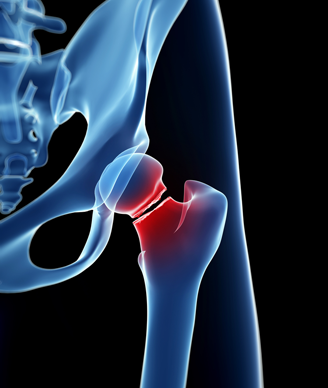Fracture Risk Increased After Hematopoietic Stem-Cell Transplantation
Results of a single-institution study found the risk for fracture among survivors of hematopoietic stem-cell transplantation increased by nearly eight times.
Image © Sebastian Kaulitzki/Shutterstock.com

Results of a single-institution study have found that survivors of hematopoietic stem-cell transplantation (HSCT) were at a significantly increased risk for fracture, with an approximately eight times greater risk among HSCT survivors aged 45 to 64 years compared with the general US population. The results of the study were published in the Journal of Clinical Oncology.
“Patients undergoing or planning to undergo HSCT should have their bone health assessed early in their treatment and, if indicated, should start preventative therapy to prevent bone loss and fractures,” wrote researchers led by Xerxes N. Pundole, MD, of the University of Texas, MD Anderson Cancer Center. “All patients receiving an HSCT should be considered to be at risk for post-transplantation bone loss, because the risk factors for post-transplantation bone loss are still poorly identified.”
According to the study, the number of people surviving autologous and allogeneic HSCT is increasing, with more people having long-term effects, such as bone loss, from the transplant. Several factors associated with HSCT, such as total body irradiation and post-transplant glucocorticoid use, are known to contribute to bone loss in these patients.
In this study, Pundole and colleagues retrospectively analyzed the occurrence of fractures among a group of patients aged 18 or older who underwent HSCT at MD Anderson Cancer Center between 1997 and 2011 to calculate the frequency of fractures and compare this rate with that of the general population.
Their analysis included 7,620 patients who underwent HSCT for a variety of causes including multiple myeloma (22%) and other hematologic malignancies (67%). During the study period, 8% of patients developed a fracture.
Univariable analysis showed that age older than 50 at time of transplant, multiple myeloma, solid organ tumors, and autologous HSCT were all associated with a higher risk for fracture.
“Holding all other variables constant, the incidence of fracture was higher in patients older than age 50 years (the median age) than those who were younger in both models,” the researchers wrote. “Compared with patients with other hematologic malignancies, the hazards of fracture among patients with multiple myeloma are five times higher and they are 1.6 times higher among patients with solid organ and other tumors.”
The researchers then used age- and sex-specific fracture incidence data taken from the National Health Interview Survey and National Hospital Discharge Survey to compare the incidence of fracture among HSCT survivors and the general population. Data showed that women HSCT survivors aged 45 to 64 had a relative risk for fracture eight times greater than the general US population. Similarly, men HSCT survivors aged 45 to 64 years had seven to nine times greater relative risk for fracture than the US population.
The researchers noted that their study did not take into consideration comorbid conditions, which would need to be considered when evaluating risk factors for fracture among HSCT survivors.
Highlighting Insights From the Marginal Zone Lymphoma Workshop
Clinicians outline the significance of the MZL Workshop, where a gathering of international experts in the field discussed updates in the disease state.